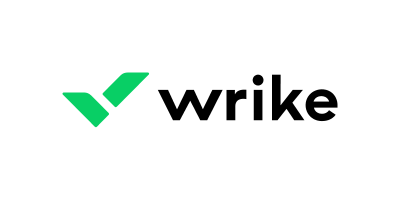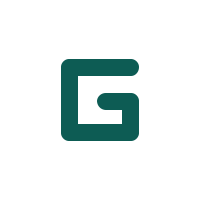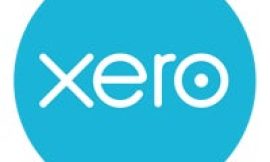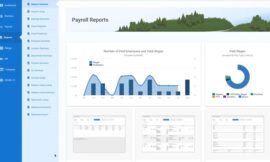In an increasingly hectic business environment, where keeping track of multiple crucial tasks is a must, project management software is no longer a luxury — it’s a necessity. But, what type of project management tool you use depends on your company’s needs and priorities.
Both Wrike and Trello, considered among the best project management tools available, feature highly customizable options that can be used in a variety of ways.
SEE: Keep up with the latest project management news and updates with Project Management Insider.
Jump to:
Wrike and Trello: Comparison table
| Feature | Wrike | Trello |
|---|---|---|
| Drag-and-drop cards | Yes | Yes |
| Workflow automation | Yes | Yes |
| App integration | Yes | Yes |
| Custom fields | Yes | Yes |
| Calendar integration | Yes | Yes |
| Free plan | Yes | Yes |
| Starting price (billed monthly) | $9.80 per user | $6 per user |
| Visit Wrike | Visit Trello |
What is Wrike?
Wrike is a cloud-based project management software tool that features a highly interactive system of task charts that can be customized for use in various types of projects. Wrike can be used by all stakeholders, with assignments created and moved along through an easy-to-master workflow system that prioritizes team integration.
SEE: For more information, check out our full Wrike review.
What is Trello?
Trello is a cloud-based project management tool that provides task assignment, project tracking and scheduling all within a kanban-style board system that is easily accessible and usable for all tiers of project stakeholders. Teams can be set up for multiple projects, from content development to website optimization, and users can share tasks and notify members when they are completed.
SEE: For more information, check out our full Trello review.
Wrike and Trello pricing
Wrike pricing
| Pricing Tiers | Free | Team | Business | Enterprise | Pinnacle |
|---|---|---|---|---|---|
| Ideal user | Teams getting started | Growing teams (2–25 users) | Teams across an organization (5–200 users) | Large teams (5 to unlimited users) | Teams with complex work needs (5 to unlimited users) |
| Free trial period | N/A | 14 days | 14 days | Contact Sales | Contact Sales |
| Per user per month | Free | $9.80 | $24.80 | Contact Sales | Contact Sales |
Trello pricing
| Pricing Tiers | Free | Standard | Premium | Enterprise |
|---|---|---|---|---|
| Ideal user | Individual | Small teams | Larger teams | Large organizations |
| Free trial period | N/A | 14 days | 14 days | Contact Sales |
| Per user per month | Free | $5.00 | $10.00 | $17.50 |
Feature comparison: Wrike vs. Trello
Task management
The best project management software creates systems through which all project stakeholders can access their assignments and tasks and easily understand deadlines and deliverables at a glance. Both Wrike and Trello fulfill this function, but Wrike has some unique features that provide added value for corporate users.
Both platforms feature the creation of cards, which can be displayed on kanban boards for an easy overall view of project progress and individual assignment. Trello features notification options within its kanban cards and allows users to upload content in various forms to its cards to provide a one-stop look at all content as the project progresses (Figure A).
Figure A
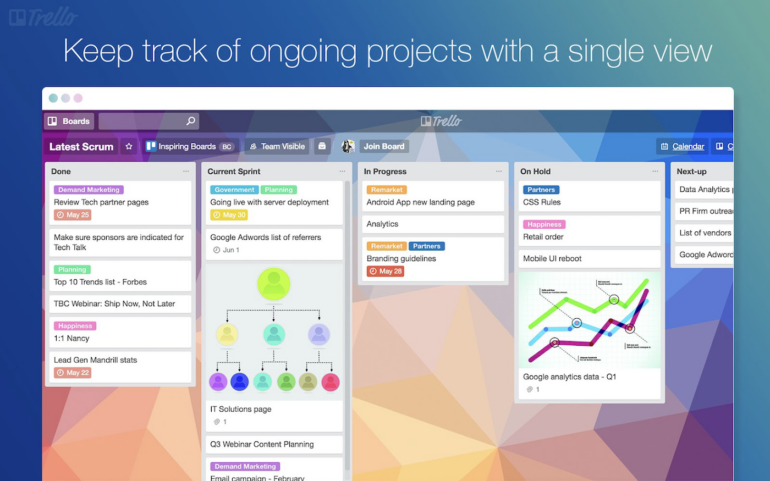
In addition to kanban, Wrike includes the ability to turn each project into an interactive Gantt chart (Figure B), in which dependent tasks can be assigned along with deadlines. Within Wrike, deadlines can be adjusted easily within the Gantt chart, which then automatically changes all subsequent workflow, a feature that assists other stakeholders in budgeting their time.
Figure B
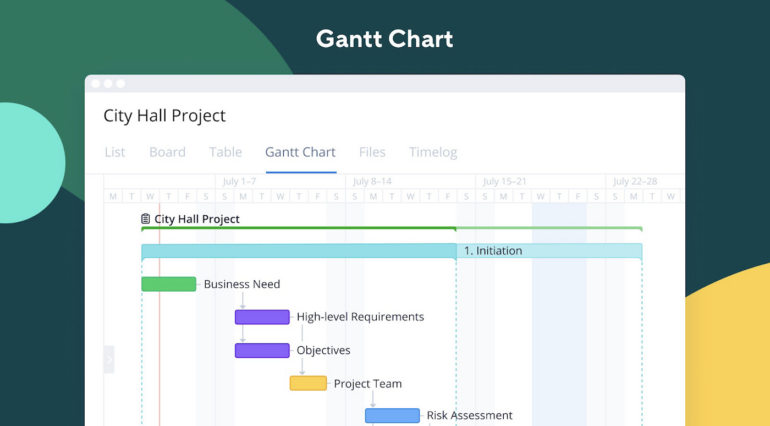
Wrike also features a template that can create assignments out of meetings and share notes and information, driving projects forward without the need for endless memos, as well as a free editorial calendar that can track content development from conception to publication.
Collaboration and task assignment
Wrike and Trello feature strong collaboration tools that can accommodate the inclusion of multiple team members in the project. Wrike enables project managers to assign individual tasks within a project to team members. Moreover, Wrike’s Gantt charts provide a quicker understanding of each team member’s role in the project while showing the status of each project at a glance.
Trello relies more on assigning tasks by dragging and dropping them into other team members’ queues. Its checklist function is useful for gauging the status of projects (Figure C) — for example, showing the percentage completed.
Figure C
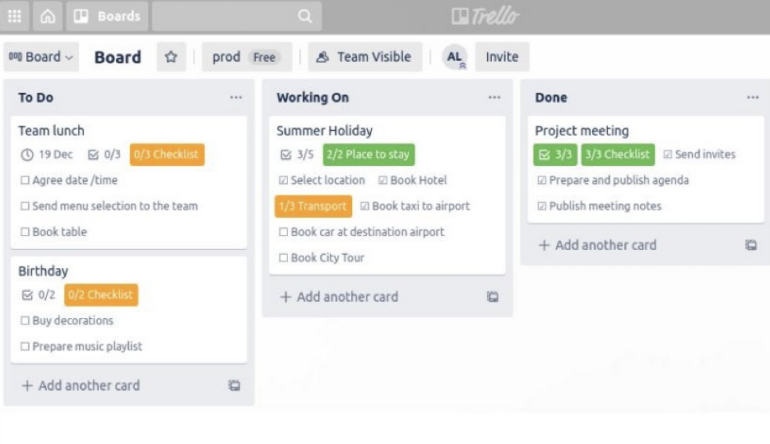
Display
Wrike and Trello are quite similar with their drag-and-drop kanban displays. Cards can be easily moved from queue to queue and team members can plan their time accordingly.
Wrike’s display advantage is the Gantt charts, in which a user can adjust deadlines and connect tasks and all stakeholders can quickly see project progress. The ability to toggle from kanban display to Gantt charts is a huge plus. While Trello offers this capability, it comes in the form of a paid Power-Up, which may not fit within the budget of smaller teams.
Integrations
Wrike provides integrations for over 400 services, including artificial intelligence, analytics, collaboration, customer relations, digital asset management, desktop and mobile apps, developer, finance, human resources, IT, marketing, productivity and sales. This level of connectivity offers project managers the ability to maintain a consistent workflow and access additional resources with ease.
Trello’s integrations, known as Power-Ups, may be more limited in scope but still provide an impressive selection of almost 200 third-party tools, such as analytics, automation options for file management and human resources, that can help extend projects beyond the basic task management features available on the platform.
With the choice between Power-Ups from Trello or integrations from Wrike, project managers certainly have no shortage of options when it comes to connecting services into their workflow.
Wrike’s pros and cons
Pros
- Includes many project views including tables, Gantt charts, kanban-style boards and calendars.
- Write request forms and approval processes can be created.
- Numerous chart visualizations with options ranging from pie charts to polar charts.
- Comes with resource management software to help project managers manage budgets.
Cons
- Some users find it complicated with a steep learning curve.
SEE: Check out our list of the best Wrike alternatives.
Trello’s pros and cons
Pros
- Easy to set up.
- Kanban-style task management allows teams to quickly start projects.
- Workflow automation saves time by enabling project managers to create shortcuts for recurring tasks.
- The visual progress timeline helps team members view assignments and follow up with issues in a single glance.
Cons
- The simplicity of kanban-style task management is a drawback for large and enterprise-level teams that need to manage hundreds of complex projects and staff.
- Trello does not include features such as task dependencies, time tracking and visibility of who is working on which tasks.
- User reviews report some struggling to remain on top of every board, list and team member.
SEE: Check out our list of the best Trello alternatives.
Methodology
In order to provide a comprehensive comparison of two of the top project management tools on the market, we considered the features and capabilities that are crucial to project management. Based on this criteria, we examined each tool’s official site as well as feedback from reputable review sites and user reviews.
Choosing between Wrike and Trello
Wrike and Trello can be useful as project management tools for small and large firms, providing easy-to-use and customizable platforms that will save time and enhance communication.
Wrike’s unlimited projects within its free package makes it more attractive to larger organizations interested in basic functionality that don’t want to take on an added expense. Trello’s task checklists within the kanban cards provide a strong tool for teams as well as individuals, who can set goals within their own personal boards and cards.
For company project management, though, Wrike’s Gantt interactive charts are invaluable. And its editorial calendar, along with a number of other free features, makes it a strong choice for both startups and larger companies.
Still not sure if Wrike or Trello are right for you? Check out our lists of the best task management software.
Top project management software recommendations
1 Wrike
Tackle complex projects with Wrike’s award-winning project management software. Break projects into simple steps, assign tasks to team members, and visualize progress with Gantt charts, Kanban boards, and calendars. Manage resource allocation and forecasting with software that’s easy to launch. Automation and AI features strip away time-consuming admin tasks so you can do the best work of your life. Streamline your practices, align your team, and ensure you hit deadlines and stay on budget.
2 monday.com
monday.com Work OS is the project management software that helps you and your team plan, execute, and track projects and workflows in one collaborative space. Manage everything from simple to complex projects more efficiently with the help of visual boards, 200+ ready-made templates, clever no-code automations, and easy integrations. In addition, custom dashboards simplify reporting, so you can evaluate your progress and make data-driven decisions.
3 GanttPRO
Powerful intuitive app to schedule projects in minutes! GanttPRO has all the key elements of classic Gantt charts and introduces indispensable features for project manager: advanced task management, progress tracking, resource and cost management, team collaboration, task time tracking, baselines, project export and sharing, and more.
4 Prommpt
Prommpt is a project management platform which at its core enables true collaboration between all project members and stake holders, whether in-house or external. Available as Web-App and iPad App Prommpt.com suits any project environment.
5 LetsBuild
The #1 construction management platform built by builders, for builders.
LetsBuild brings you digital apps that make complex construction manageable. LetsBuild construction management apps connect the office with the site teams, from master planning to daily activity tracking. Level up your construction schedule, snagging, QHSE, site coordination, communication and site activity tracking.
Source of Article
